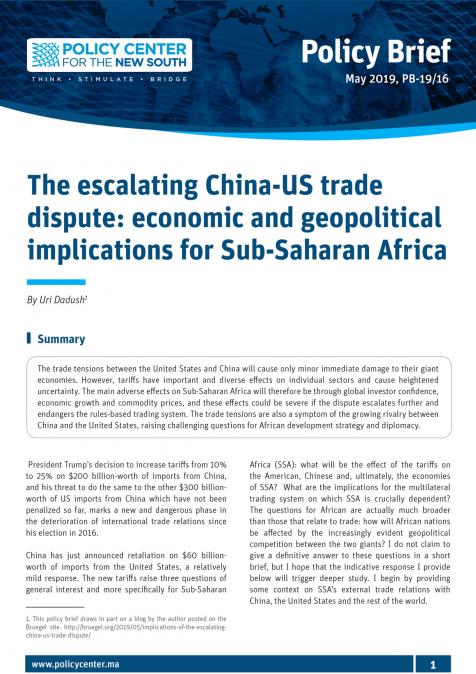Podcasts
Trump, le Protectionnisme et la Fin du Libre-Échange ?
11
April
2025
Related topics:
Dans cet épisode, nous décryptons le retour en force du protectionnisme américain, incarné par Donald Trump à l'occasion de son second mandat, à travers sa stratégie "America First".
Nous analysons la mise en œuvre des tarifs douaniers imposés au reste du monde face aux dynamiques actuelles de la mondialisation, ainsi que leurs implications sur l’ordre commercial mondial. Une attention particulière est portée aux conséquences pour les pays en développement, en particulier ceux intégrés aux chaînes de valeur globales.




